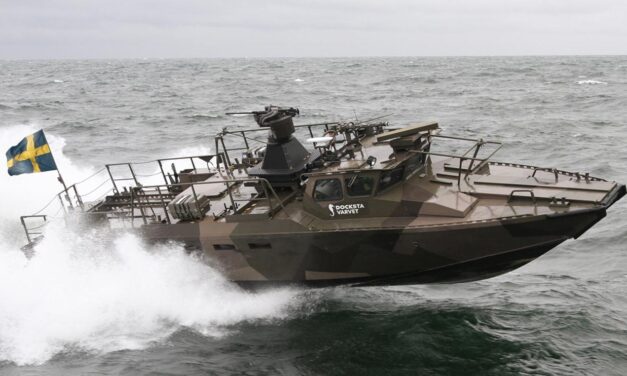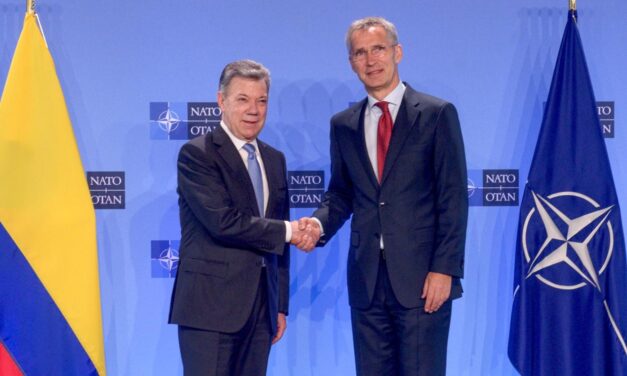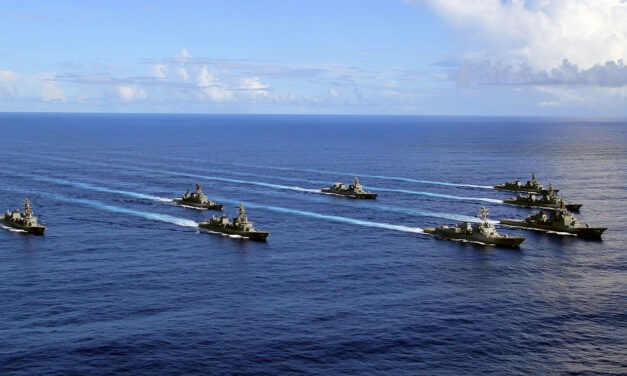The enablers
Expanding maritime capabilities with amphibious assault boats Early in the morning on the western edge of the Pacific: small teams of Marines in company strength storm towards remote islands in their mobile assault boats. Supported by unmanned drones, the US Marines attack enemy landing ships and other warships with missiles before they can unload their invasion forces or advance into the depths of the Pacific. The target data generated by the combat boats is simultaneously passed on to your own air force and navy. These support the defence campaign with long-range missiles. In order to evade potential retaliatory strikes from the air, the Leathernecks change their location every 48 to 72 hours by moving from...
Read More






Recent Comments